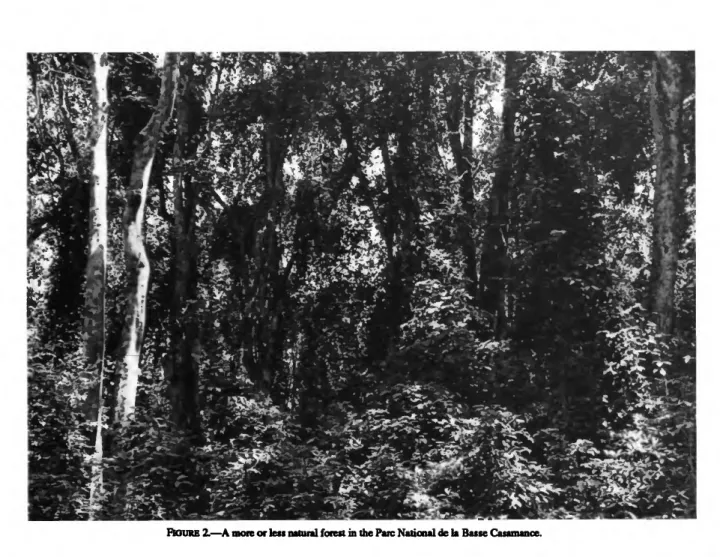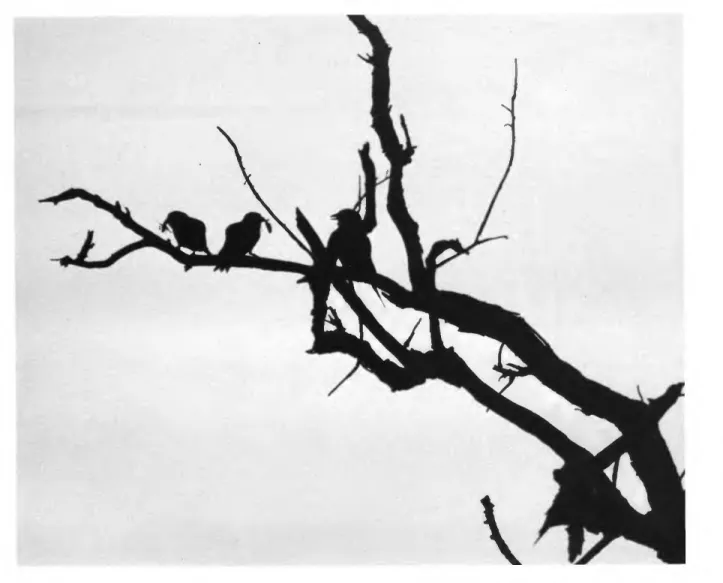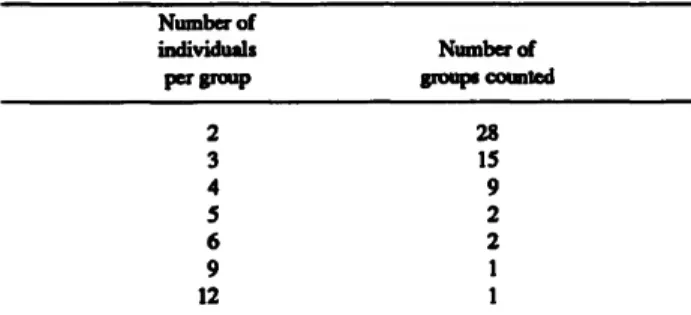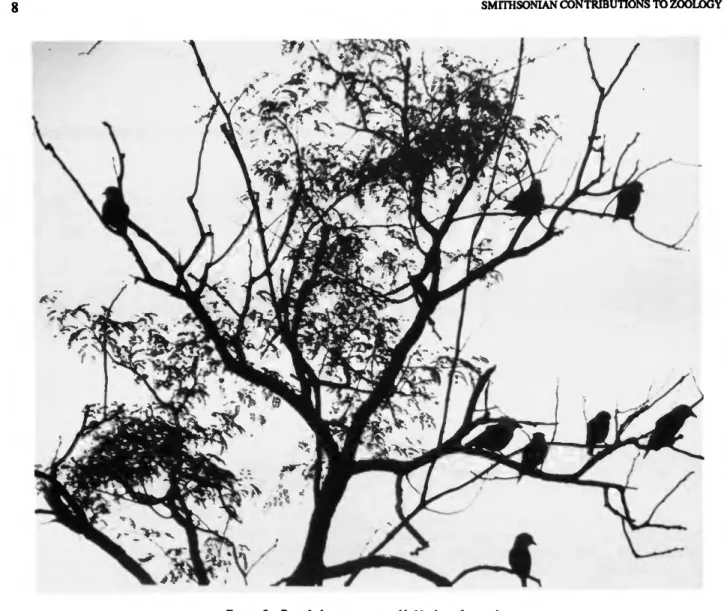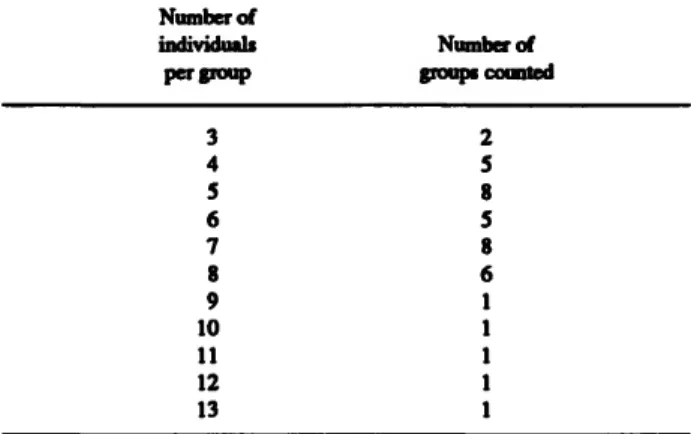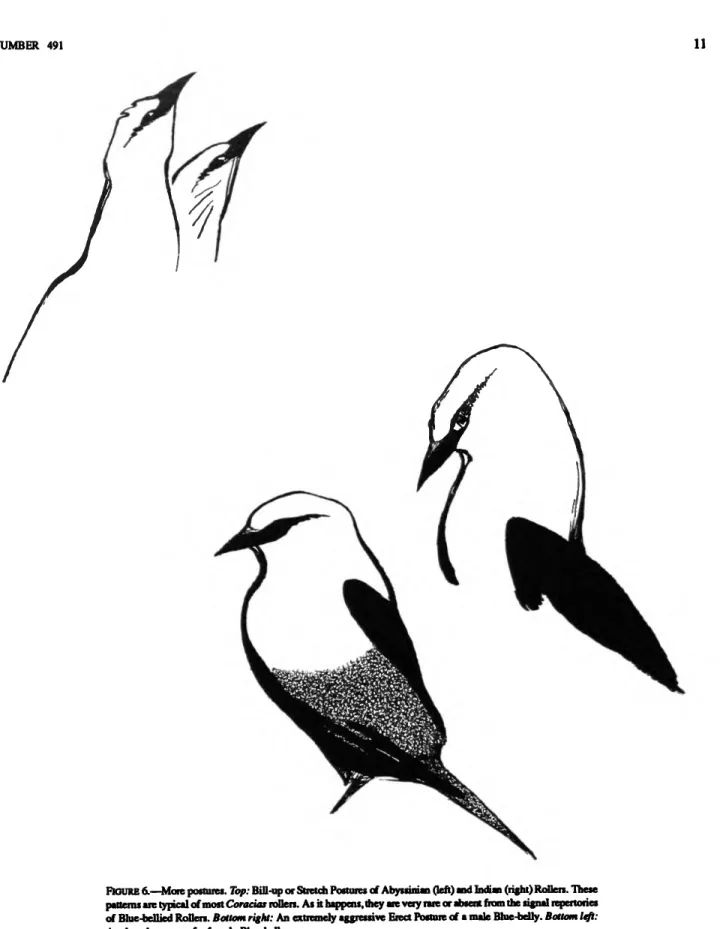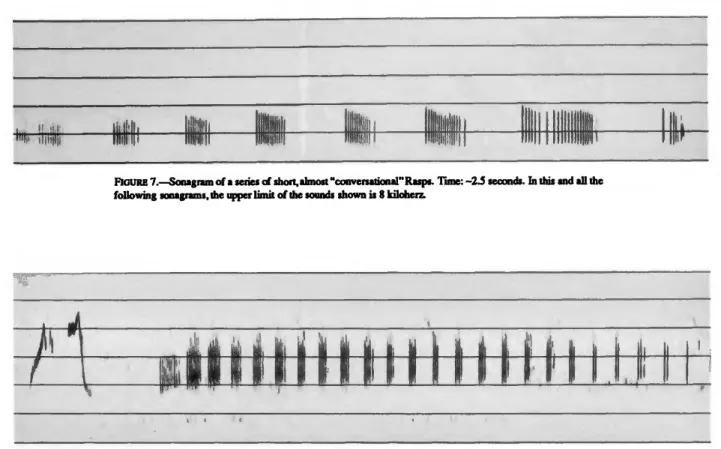They differ from their closest relatives, other species of the same genus, in that they prefer humid or semi-humid habitats. Birds of the traditional order Coraciiformes are diverse, conspicuous, abundant and ecologically important in the tropics, especially in Africa. There is little sexual dimorphism; none in plumage colon, but males of the species in Côte d'Ivoire are on average slightly heavier than females of some areas (Thiollay, 1985).
Because Blue-bellied Rollers are generally unknown to ethologists, it may be useful to comment on the current and presumed past habit or natural history of the species. Patches of forest survive (or have been regenerated); but the greater part of the land is occupied by fields. Prey is grabbed in the beak; one of the reasons why the bill is powerful.
Some birds that show aggression, such as the Abyssinian Jumper, Gray Kestrel and Hornbill, appear to be competitors for food and/or nest holes. Basse Casamance blue-bellied rollers win all or most of the hostile interspecies conflicts they engage in. The relations between the Basse Casamance birds were not the same as those he describes.
Of course, I did not observe in all months of the year, but the species is not said to be migratory anywhere (Curry-Lindahl, 1981). Based on evidence of physical appearance, size, shape, and trajectories, Basse Casamance blue-bellied rollers have a roughly balanced sex ratio. One is the fact that the strongest hostile (agonistic) and sexual (copulatory) implementations of the species are remarkably similar in physical form.
During the day the birds spread out in pairs, trios and quartets to occupy and defend territories of the usual types in the usual ways. The Basse Casamance blue-bellied rollers look somewhat like some gray hornbills and red-billed hornbills (Tockus erythrorhynchus) that also roost communally in other parts of Senegal at other times of the year, gathering at dawn and dusk, and dispersing during the day. The collection and distribution system of red-billed hornbills mentioned in the previous paragraph is not always and everywhere characteristic of the species.
Presumably the beaks of the species are too dangerous and/or too valuable to risk in combat without extreme provocation. They include light movements and intentional movements of attack (advance), flight (retreat or retreat), and combinations of the two. The basic version may be transcribed by something like "Arnh.n The length of the apparent notes varies.
The rasps and rattles of the blue-bellied rollers of the Basse Casamance are uttered in many social situations.
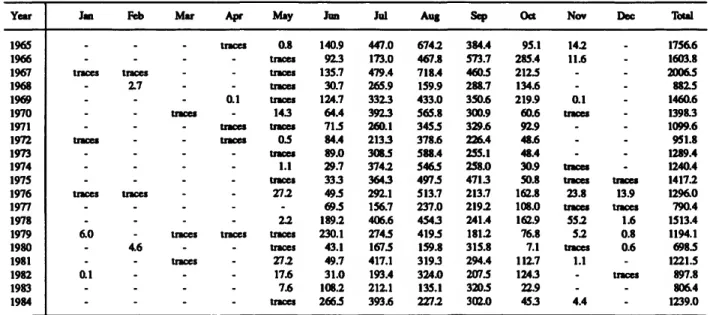
The vocalizations of Blue-bellied Rollers, however simple their basic elements may be, are flexible enough to allow modifications of the encoded information. The signaling repertoire of the species is not impaired, even when only the simple patterns are considered. In some cases it appears to be another form of cutting; the attacker simply turns away at the end of the Soar.
Sometimes the cloacas of the two individuals are brought into contact and there is a possibility that the sperm of one individual may be transferred to its partner. These reversals indicate that at least one gender can play the role of the opposite gender. Thus, some of the sexually derived patterns observed outside the breeding season must be spurious in some sense.
The pseudosexual performances of the Blue-bellied Rollers of the Basse Casamance are apparently hostile. Fights always took place near one or more other birds that did not belong to the performing flock. It makes you wonder if some of the supposed copulations of the Lamto birds weren't really pseudo-copulations.
None of the other rollers or bee-eaters have been seen or recorded to engage in pseudosexual behavior, although they are also sexually monomorphic in plumage. The nature of the relationships between the individuals involved, at least in Basse Casamance, makes such attempts seem unnecessary, if not socially dangerous and counterproductive. The main function of the pseudosexual performances of the Blue-bellied Rollers must be something else.
This argument implies that the peculiarities of the Blue-bellied Roller's social behavior, at least in the Basse Casamance, have evolved as adaptations to past conditions, and that they have not changed immediately because environmental conditions have been transformed by human activities during recent years . several hundreds or thousands of years. Some social tensions in groups of bee-eaters may not be much different from those in groups of Blue-bellied Rollers. Synonymy in zoology must use the short form (taxon, author, year: page), with full citation at the end of the article below.
Extensive notes should be collected and placed in a notes section at the end of the text. Legends for illustrations should be submitted at the end of the manuscript, with as many legends typed, double-spaced, on a page as is convenient.
